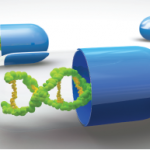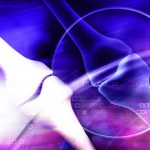“Our data corroborate a role for ADA2 as the prototype for a family of adenosine deaminase–related growth factors, a role that had previously been suggested by studies in xenopus and drosophila,” write Zhou and colleagues in their paper. “The experiments described here indicate that cecr1b is essential for both vascular integrity and neutrophil development in the zebra fish embryo and that both phenotypes are prevented by nonmutant, but not by mutant, human CECR1 mRNA.”
Although ADA2 is not expressed in endothelial cells, patients with ADA2 mutations have a defect in endothelial integrity that manifests in the small vessels.
“We speculate that manifestations of ADA2 deficiency reflect impairment of both its catalytic and growth-factor activities,” write Elkan et al. “The combination of arterial aneurysms and livedo reticularis is characteristic not only of polyarteritis nodosa, an inflammatory disease, but also of familial thoracic aneurysms (OMIM database number, 611788), a structural disease of the arterial wall caused by mutations in ACTA2, the smooth muscle alpha actin, a major component of the contractile apparatus.”
Both groups of researchers suggest therapeutic strategies that may be useful for patients with ADA2 mutations, including fresh frozen plasma, anti-TNF and recombinant ADA2.
Lara C. Pullen, PhD, is a medical writer based in the Chicago area.


